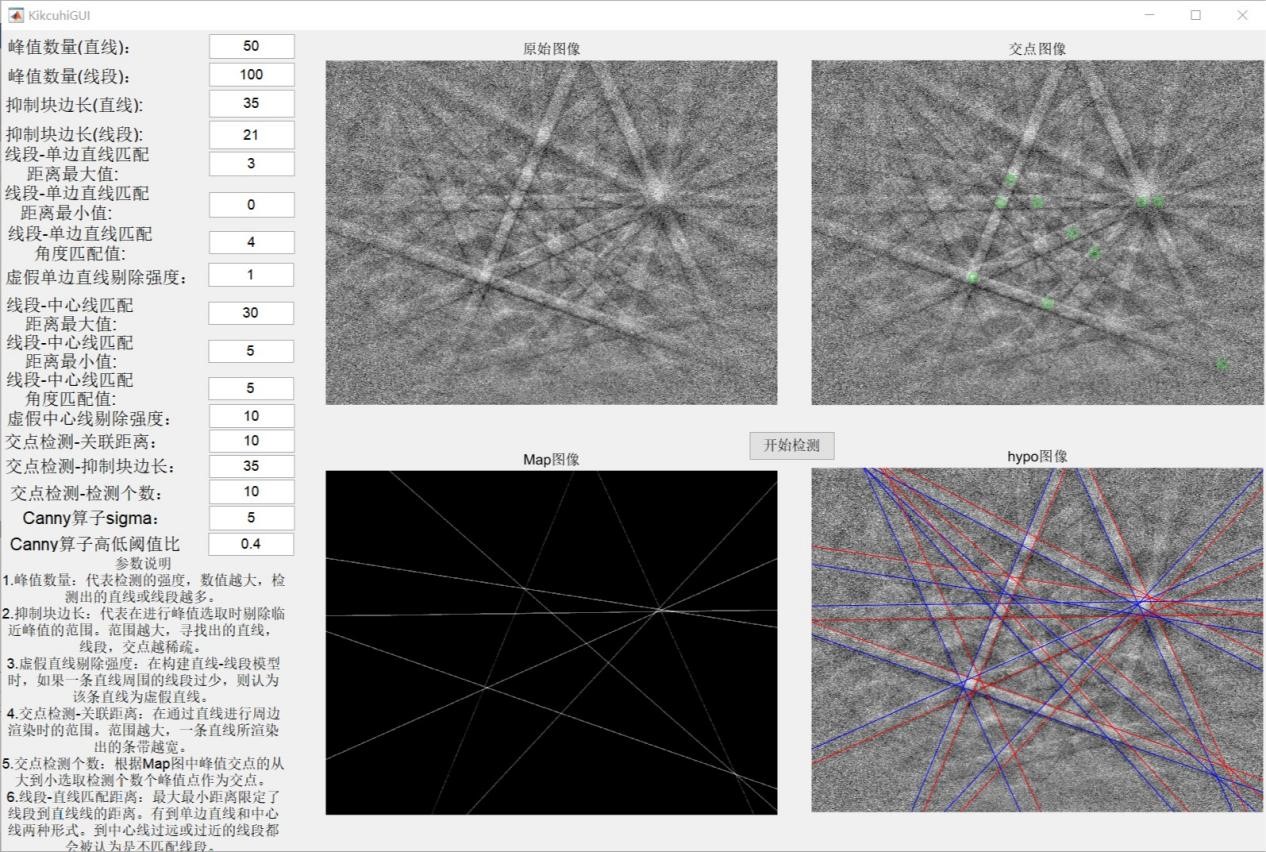Our team has recently achieved a significant breakthrough in the automatic detection of Chukchi bands using the Radon transform and the cumulative probability Hough transform.
Our team has recently published a paper titled “Automatic detection of Kikuchi bands based on Radon transform and PPHT” in the international journal “Journal of Microscopy” (IF: 1.758, indexed in the 4th quartile of Chinese Academy of Sciences). The School of Computer Engineering and Science at Shanghai University is listed as the first affiliation, with Associate Professor Han Yuexing as the first author and corresponding author. Li Ruiqi, Zeng Yi, and Liu Mengyang have contributed significantly to this work.


The structure and orientation information of crystals can be obtained by analyzing Electron Backscatter Diffraction (EBSD) patterns, which are acquired using EBSD devices. The reliability and accuracy of the obtained information depend on the precise localization of the EBSD pattern bands and intersection points. In this study, we propose a method for automatically obtaining the positions of EBSD pattern (Kikuchi band) and intersection points. The method utilizes the Radon transform and cumulative probability Hough transform to detect the lines and line segments representing the edges of Kikuchi bands. Subsequently, the Kikuchi bands can be approximated by fitting hyperbolic curves to the endpoints of the line segments. These results provide a quantitative description of the Kikuchi bands’ information. Experimental results demonstrate that the proposed method is robust and capable of detecting more accurate Kikuchi bands and intersection points. By automating the localization of EBSD pattern bands and intersection points, our method enhances the reliability and accuracy of the obtained crystal structure and orientation information. It offers a robust and effective approach for analyzing EBSD patterns and extracting valuable data for crystallographic studies.